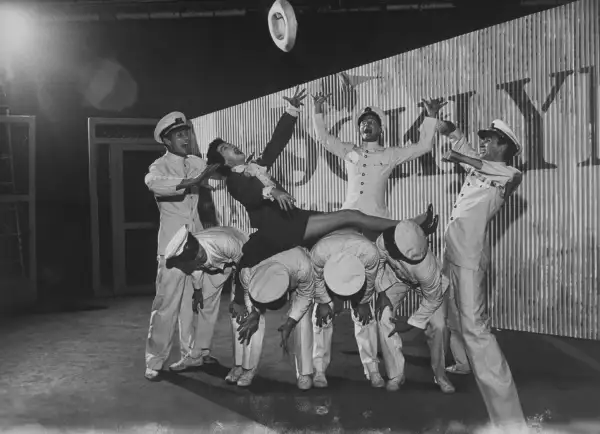Nearing Retirement, With 3 Tuition Bills to Pay
Money is not a client of any investment adviser featured on this page. The information provided on this page is for educational purposes only and is not intended as investment advice. Money does not offer advisory services.

At 59 and 60, Kim and John Keuning are closing in on retirement -- but they aren't quite ready for it.
Six years out from their target date, the Duluth, Minn., duo have roughly $500,000 saved. Selling the small ad agency they own could net them another $150,000, they figure. (None of their five grown children is interested in taking it over.)
The sale of a vacation cabin and office building could add $250,000 to the pot. Even so, they'll likely come up short.
Saving more -- they now put away $12,000 of their $150,000-plus income -- will be tough. The Keunings carry hefty loans on their home ($334,000) and office ($156,000).
Plus, they're trying to pay off $40,000 in credit card debt from home repairs. And they're helping support their three youngest kids with college tuition, student loan payments, and rent. Total outlay: $32,000 annually.
"We know we spend a lot on them, but it's something we want to do," Kim says. "So how do we do that and everything else?"
Three fixes
Mortgage the plastic. The average rate on Kim and John's plastic is 15%. To pay off the cards, Indianapolis financial planner Michael Kalscheur suggests they take out a $40,000 30-year mortgage on their paid-off vacation cabin.
At 4%, the loan would cost about $200 a month vs. their current payment of $1,300.
Related: How much will you need for retirement?
They plan to sell the cabin just before retirement, and when they do they can use the proceeds to pay the rest of the mortgage.
Redirect the payments. In the meantime, they can use the extra $1,100 in monthly cash flow to pay off their car loans. Once that $10,000 debt is wiped out, they'll have $1,600 a month to build their emergency fund. Kalscheur wants them to have at least $20,000.
When this is complete, in about nine months, they should max out their Simple IRAs (in 2013, they can each put in $14,500).
Related: How often should you check your retirement investments?
Assess income needs. Following this plan, Kim and John will have almost $1.6 million in six years, after selling the business, office, and cabin. That will allow them to retire with about 72% of their income.
If they want more room in their budget -- to, say, escape Minnesota's winters -- they'll have to work a little longer. Or they can beef up the business to sell it for more by nixing debt, locking clients into contracts, and recruiting employees who'll be indispensable to the next owner, Kalscheur says.